Weekend Food For Thought – Mar 09, 2012
DEFENSIVE TRADING – LESSON 3
Never add more risk to higher risk.
The first thing you will say when you read that is, “I know that.” But do you really know? So many people I have met know this but still don’t practice it. In fact, they do exactly the opposite.
In 2008, 60 Billionaires in China were reduced to just 20 in a matter of months. The reason for their demise was a simple lack of risk management married to terrible financial management. They added more risk to their already high risk positions and when things went wrong, it only exacerbated their losses.
“Higher risk” in this case refers to a stock that has already made multiple highs. It looks tempting. It gives you a sense of urgency. It shows you that the next resistance up is going to give you a 30% profit from the current price. But you already hold 1,000 shares of it or maybe you don’t and you want to buy in now.
Doesn’t this look so tempting especially if I told you that this stock can get up to $240 and that it has never missed an earnings call and that analysts have been raving about this since August and that Soros and Paulsen are claiming that this stock is better than AAPL and that Warren Buffet just bought $100M worth of this stock at $80 with a long term view for $280?
Now let’s put you in the trade at $40 at the start of August. As the trade goes up to $60, you would want to buy more especially if you read that Soros and Paulsen love this stock. So as the story goes …
So you buy more as the trade rises. With a budget of 15,000 shares, you start your investment with some reservation but as the trade starts looking better, you increase your position sizing as the trade rises. At the high of $135, your accumulated unrealized profit stands at an amazing $625,000.
- 1,000 Shares X $95 profit = $95,000
- 2,000 Shares X $75 profit = $150,000
- 3,000 Shares X $55 profit = $165,000
- 4,000 Shares X $35 profit = $140,000
- 5,000 Shares X $15 profit = $75,000
Now, that is a lot of money. Congratulations. Let’s hope it doesn’t make a nasty correction.
But it does. It always happens.
Initially, you will wait and see if the $110 support will hold and reverse with the Hammer. But in the next two sessions, things go terribly wrong – the stock slices through the $110 and $100 supports and then makes a nasty drop to an intra-day low of $70.
You can’t stand it anymore and you cut loss. Another possibility is that you get a margin call and your trade is frozen.
Now let’s see what your account looks like …
- 1,000 Shares X $30 = $30,000
- 2,000 Shares X $10 = $20,000
- 3,000 Shares X ($10) = ($30,000)
- 4,000 Shares X ($30) = ($120,000)
- 5,000 Shares X ($50) = ($250,000)
Thus, a cut loss or margin call at $70 (last retracement candle low) will give you a net loss of ($350,000).
Let’s just say, for the sake of argument, that you are a disciplined trader and you cut loss at the $95 resistance or that your broker margin called you at $95 …
Your accounts will look better but you’re still copping a loss …
- 1,000 Shares X $55 = $55,000
- 2,000 Shares X $35 = $70,000
- 3,000 Shares X $15 = $45,000
- 4,000 Shares X ($5) = ($20,000)
- 5,000 Shares X ($25) = ($125,000)
Even a cut loss or margin call at $95 (second-last retracement candle low) will give you a net loss of ($25,000).
This is what happens when you add more risk to a trade that is already risky. Any trade at a historical or 52 week or multi-year high is regarded as risky, regardless of what analysts and experts say about it. Remember that these are the crooks that need to drive the stock up so that they can scalp the suckers who buy in way after they bought the stock at $30.
Knowing that the stock is not able to sustain the run, they sell and the stock dips, When they have nothing left to sell and they know that there is still a huge inventory of long stocks remaining, they short the stock. The fools that bought in at and near the high will panic and sell which helps to bring the stock down even faster.
So just how do you make money from a trade like this without adding more risk to higher risk? Simple; add less risk!
It’s call my
Pyramid System Of Financial Management.
Take a good look at the Money Pyramid – the base is wider than the top. So maybe the Egyptians of 4,000 years ago knew something that we today still don’t … it’s called Preservation.
The Pyramids were tombs whose shape was critical in helping to preserve the bodies of the mummies within its structure. This was proven in several experiments featured on Discovery Channel’s “Myth Busters” and National Geographic’s documentaries on the secrets of the Pyramids’ Powers of Preservation.
So let’s see if the Pyramid can preserve our capital and/or profits the same way it preserved its mummies.
Let’s take the same trade again and let’s be defensive about it this time. We’ll use my Pyramid System Of Financial Management to defend ourselves and preserve our trade capital and profits. We’ll use the same capital and buy points as the previous trade. But since the Pyramid’s base is wider than the top, let’s this time invest half of our capital in the trade to start with and then buy less as the trade runs up and gets riskier …
As in the previous instance, the stock makes that nasty drop and we again depend on the $110 support to hold and reverse with the Hammer. But in the next two sessions, things go terribly wrong – the stock slices through the $110 and $100 supports and then makes a nasty drop to an intra-day low of $70.
We cut loss …
Now let’s square up out accounts …
- 5,000 Shares X $30 = $150,000
- 4,000 Shares X $10 = $40,000
- 3,000 Shares X ($10) = ($30,000)
- 2,000 Shares X ($30) = ($60,000)
- 1,000 Shares X ($50) = ($50,000)
Thus, a cut loss at $70 (last retracement candle low) will still leave you a net profit of $50,000.
Let’s see what happens to the disciplined trader who cut loss at the $95 resistance …
Once again, let’s square up our accounts …
- 5,000 Shares X $55 = $275,000
- 4,000 Shares X $35 = $140,000
- 3,000 Shares X $15 = $45,000
- 2,000 Shares X ($5) = ($10,000)
- 1,000 Shares X ($25) = ($25,000)
A disciplined cut loss or margin call at $95 (second-last retracement candle low) will leave you a healthy net profit of $425,000.
Now how does that grab you?
Here’s the really sweet part of the Pyramid System Of Financial Management – it can be used for averaging down, profit taking, risk reduction, position sizing and a whole lot more other fantastic ways to help you reduce your risk and preserve your capital. And it is a system that you can use in life, business and basically anything that involves your money and risk.
But that is a lesson I save for my tutorial students! *wink!*
At least you have this one lesson that will stand you in good stead the next time you want to add to your positions. In a worst case scenario, at least you won’t end up with the kind of Pyramid the Chinese Billionaires used in 2008!
Happy Hunting and Safe Defensive Trading Always!
If you enjoyed this post, please consider to visit Pattern Trader Tools, leave a comment or subscribe to the feed and get future articles delivered to your feed reader.
Comments
that is unless one buys 5000 shares on the first go. realistically speaking very unlikely.
in his tutorial, he taught something like “top up double whenever u lose..”
The system you are preaching is like a martingale system. may not work.
a person who bets $1 will need $70 Trillion dollars if he loses the 47th time.
Adam, Those are hypothetical numbers. But the scale difference is the same.
In a losing INVESTMENT, you can choose double down. But in an uptrend, you do not double up. The Pyramid is smaller at the top thus if your INVESTMENT takes a little dip in the short term, you can choose to double down as the Pyramid suggests. This is the proper way to average down.
And if you don’t have $70 Trillion dollars, then you should be budgeting for a smaller outlay.
BTW, the martingale theory was originated in the 1800s in France but as a probability method, this was brought to light by Paul Pierre Lévy (15 September 1886 – 15 December 1971) who gave us the martingale theory as you are referring to.
The system I am referring to was used by the Japanese as far back as the 1700s.
Frankly, I doubt very much if you are really Adam Khoo because my good friend would never ask a question like this. And he would never say that I “preach”. Plus, your IP address is wrong to be Adam’s.
Looks like someone try to play Adam Khoo’s roles, to confuse reader.
The higher we reach the stronger the wind, we always support u
Conrad. Regards
Maybe his name is call adam khoo too? lolx
One need to be discipline enough to have the ability to cut loss and not hope for a miracle. The ability to follow the set of rule. However, i always wonder how one will know when to get in and continue to buy more, being confident that it will be up trend and wont fall after a buy or vice verse.
After reading what you taught, i realize no one is sure, that is why we need to safeguard our trade or investment. Being emotion detach from the money. cut lost fast.
I agree with “ädam” that most people won’t buy shares with a relative big amount at first go then pump in lesser money.
Typical human will buy more and more even it reach the peak. Or Buy less then more.
I guess that why only a small relative amount of people are successful? :)
To: adam khoo (IP: 110.159.179.154 , 154.179.159.110.tm-hsbb.tm.net.my) and the other fake one from uk …
Please contribute constructively and let us know who you really are instead of hiding behind my friend’s name. You do realize that you can be tracked and that the REAL Adam Khoo will be interested in suing you for impersonation and various other suits.
You really need to catch up with your internet laws if you think that this sort of activity is unpunishable these days.
Sorry, the comment form is closed at this time.

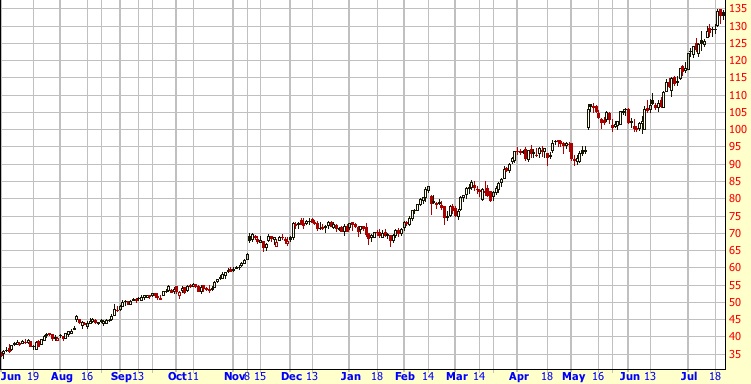
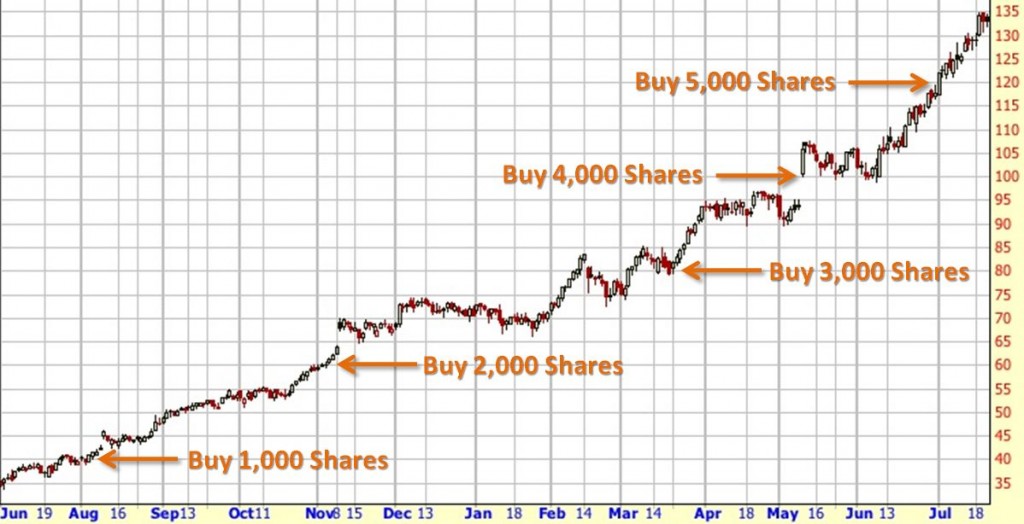
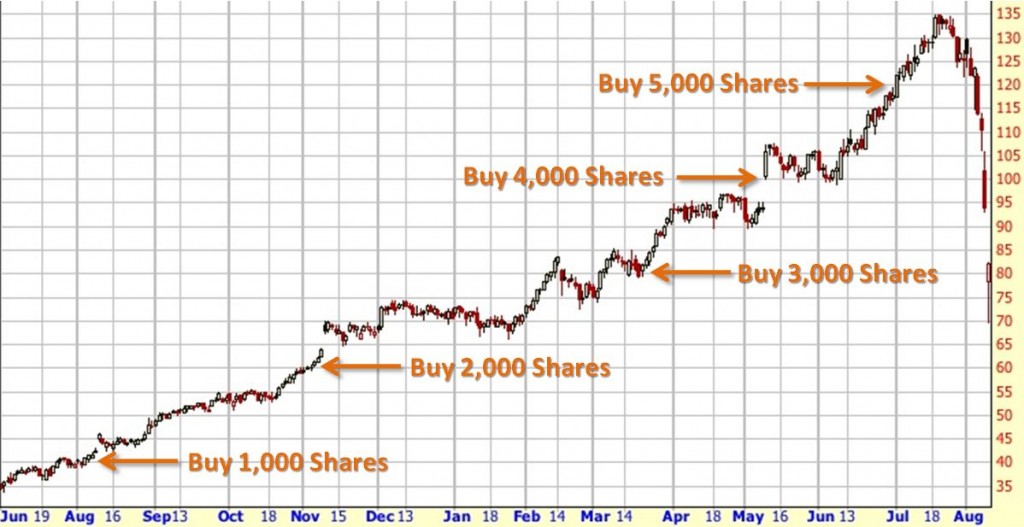
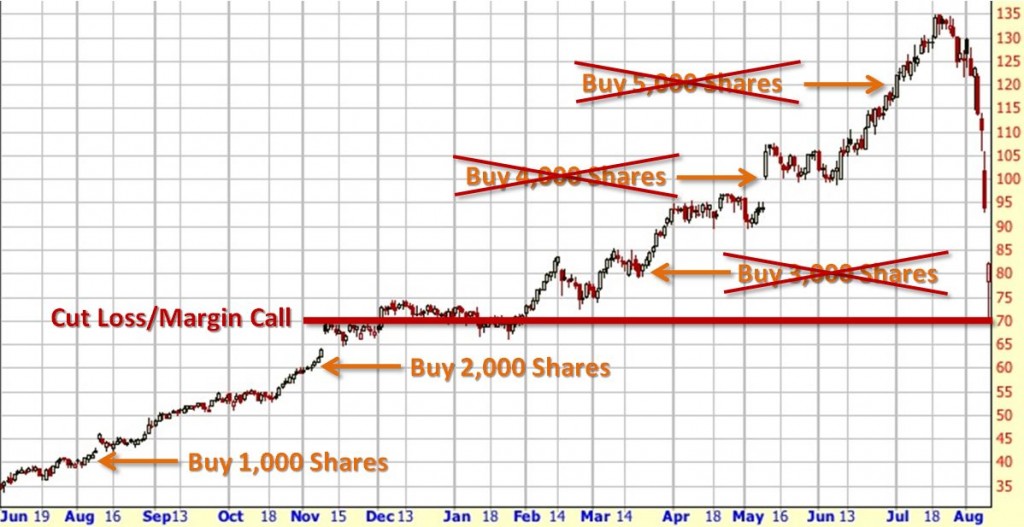
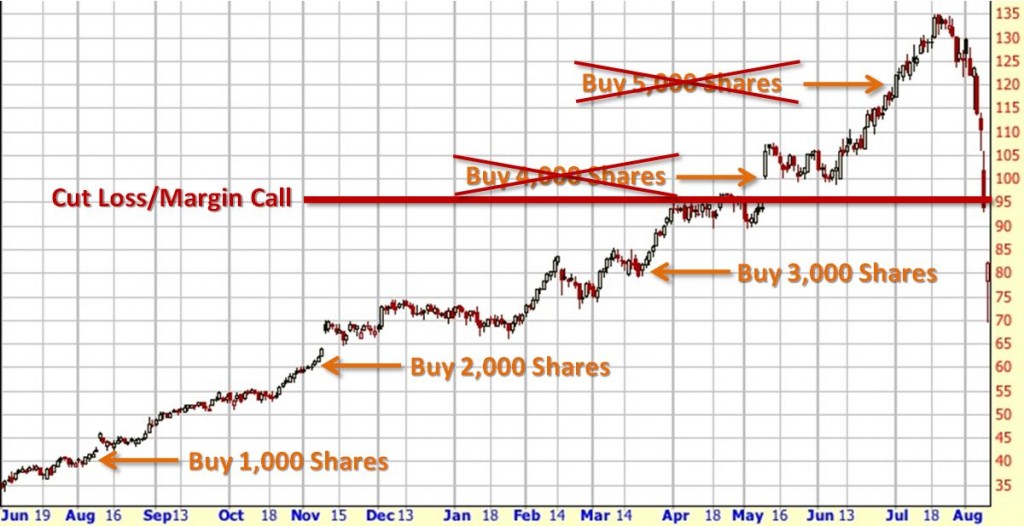
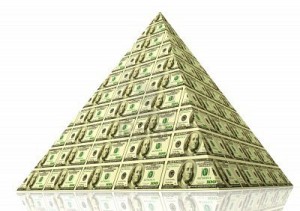
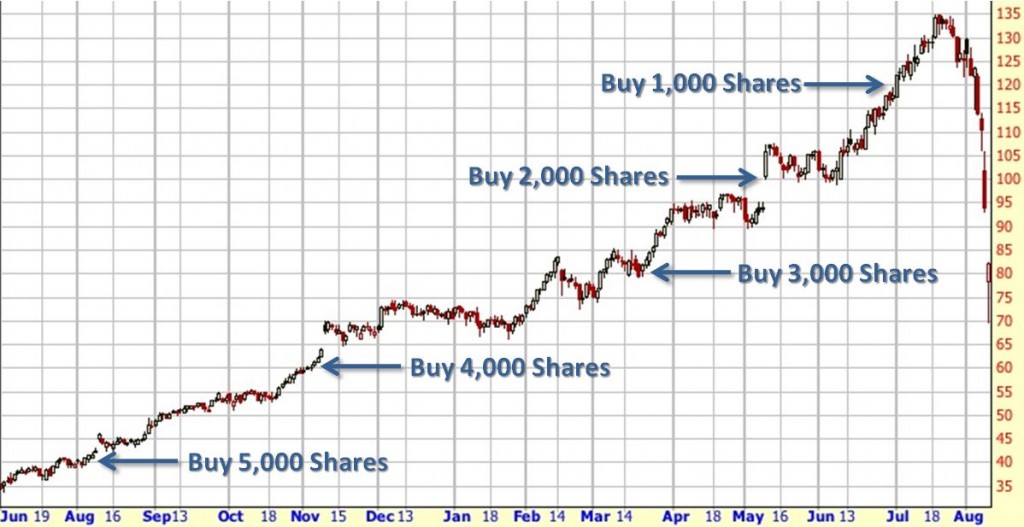
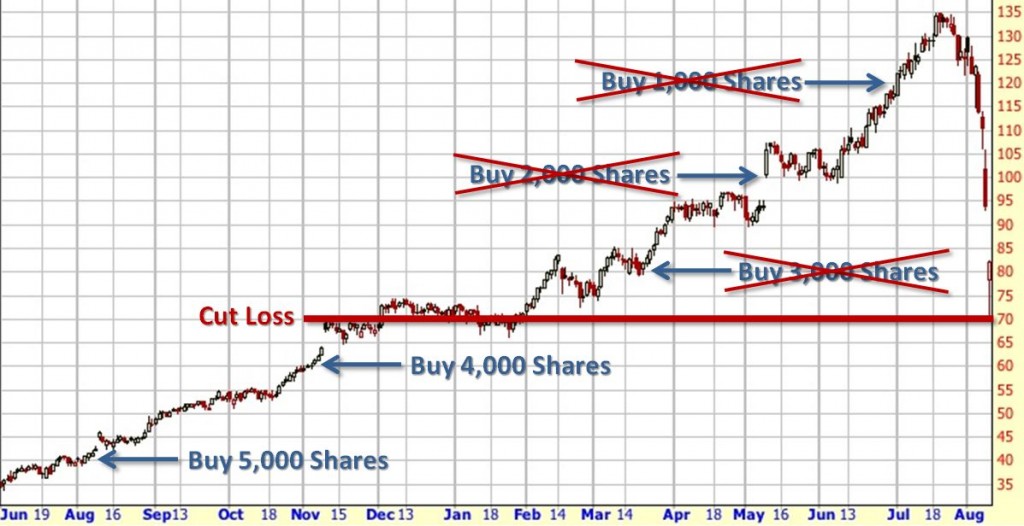
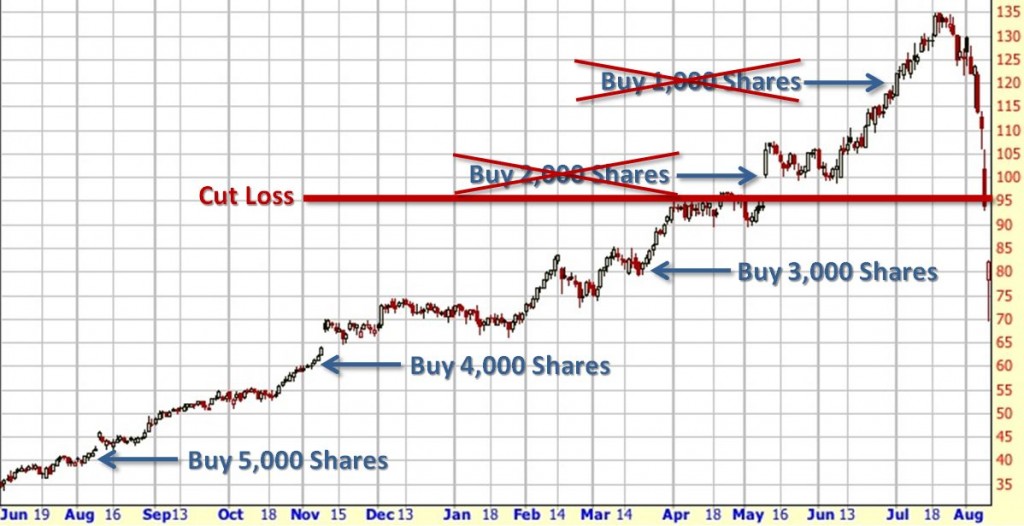
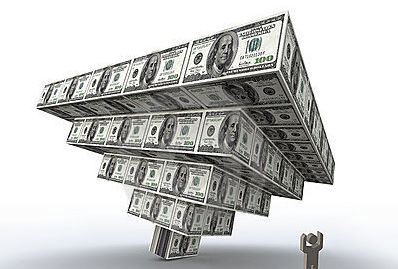

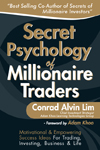
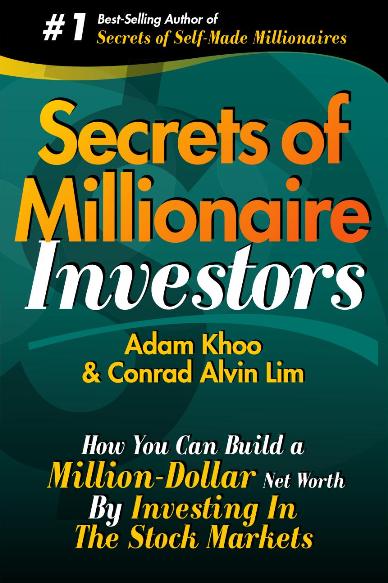
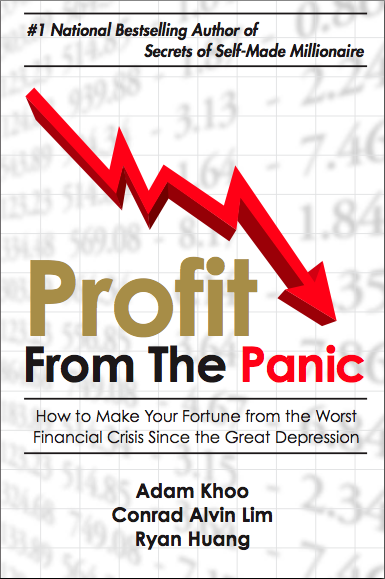
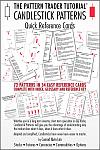

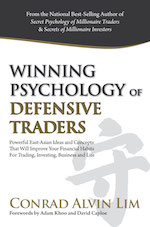






























:) yep, learnt this lesson during the tutorial. A good one for the newbies, Conrad :)